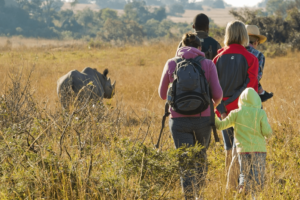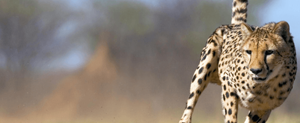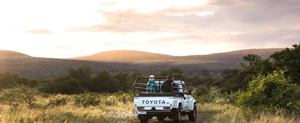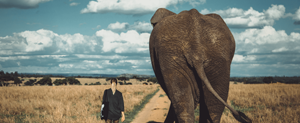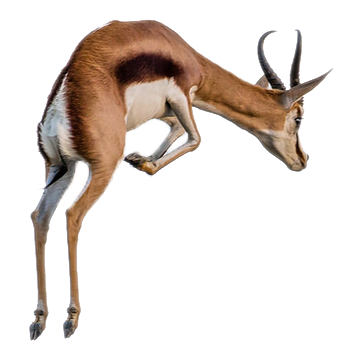How COVID-19 came from animals
As more becomes known about COVID-19 and its origins, we thought we would share a great video and some information which hopefully explains what we know about the disease and how it’s been linked to wildlife. Thanks to Forrest Galante (see his video at the bottom of this post) for explaining the link so clearly and precisely.
What is a zoonotic disease?
A zoonotic disease is one that originates in animals, and can jump to humans, either via consumption or through handling an infected animal host. COVID-19 is a zoonotic disease
How did it become a human disease?
COVID-19 was first identified in December 2019 in a seafood market in Wuhan, China (a ‘wet’ market). Genetic analysis and some serious research has found that the virus is thought to have actually originated in bats. Interestingly, there were no bats being sold at the seafood market. This indicated there was an intermediate host animal that was at the market which was then either handled or consumed by a person. This patient zero then transmitted the disease to other humans. Because the virus transmits easily and people can live without showing symptoms, it spreads very quickly.
The rest of the story is still history in the making, with COVID-19 spreading from the cluster in Wuhan, to a global pandemic which by 13th April 2020 has caused more than 1.8 million cases in more than 200 countries across the globe.
What animal first transmitted COVID-19 to humans?
SARS CoV2 is the virus that causes COVID-19, which is the same family of viruses as SARS CoV and MERS CoV which is found in bats. Very little is known about the actual intermediary host that transmitted the virus to humans. One reason for this is because the Wuhan seafood market was cleaned out before samples could be taken. Since the market has a live animal section, any number of animals, both farmed and wild, could have had the virus transmitted to them from the original host.
Live animal markets around the world are a major source of new zoonotic viruses. They are also a huge threat to biodiversity because they encourage the poaching and capturing of wild animals, and the breeding of exotic animals for consumption.
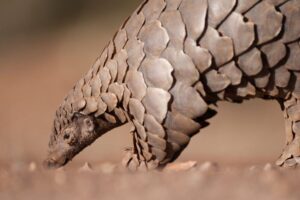
Lots of people blame the pangolin, suggesting this animal was the staging post for the virus before it spread to humans. The IUCN says that the pangolin is “the most illegally traded mammal in the world”, prized for its meat and the alleged medicinal properties of their scales.
No-one knows if the pangolin was the species which the virus jumped through, because trade in pangolins in China is illegal. It is not clear whether it was deliberately omitted in the Wuhan wet market inventory, or if there were in fact no pangolins for sale at the market. Some researchers say the jump was from a turtle, but no one knows yet.
The fact that the virus infected a tiger at a US zoo, shows how it can move around between species.
What does the illegal wildlife trade have to do with COVID-19?
Like SARs, Ebola and bird flu, COVID-19 is directly linked to four key things: wildlife trafficking and poaching, the destruction of wildlife habitats, the hunting and killing of wild animals and minerals mining. The poaching, trafficking and selling of these wild animals, reptiles and birds for human consumption in live markets for traditional medicine, human consumption and pets, is key to understanding how these types of zoonotic diseases are emerging. Within these market environments, pathogens are able to jump species and affect humans.
Ending the demand for wild animal consumption and the illegal wildlife trade, will inevitably lead to a reduced spread of disease, and stop the extinction race.
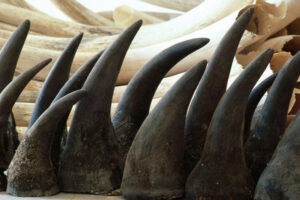
Can COVID-19 be transferred to our pets?
Early in April, a very small Chinese study (of five cats) suggested that cats are ‘highly susceptible’ to coronavirus and that it can be easily passed between them. Also in April, a four-year-old female tiger, Nadia, and six others at the Bronx Zoo in New York also tested positive for the coronavirus, thought to have been infected by an asymptomatic zoo keeper. The cats are expected to make a full recovery.
Global health organisations including the WHO and the CDC have said there is no evidence at this time that zoo or companion animals can spread COVID-19, be infected in the same way as humans or be a source of infection. The advice from the WHO relating to companion or domestic animals is to reiterate the importance of hand washing, and to avoid touching animals you don’t know.
However, conservation experts have warned the virus could pose a threat to some wildlife like the great apes, and said that measures are needed to reduce the risk of transmission to wild gorillas, chimps and orangutans.
Take a look at this video from biologist, Forrest Galante, as he explains his take on the pandemic. Forrest was born and raised in Zimbabwe, and works in the field of wildlife biology, specialising in the exploration of animals on the brink of extinction. He is the host of the television show Extinct or Alive on Animal Planet.
What’s next?
Now, more than ever, we need to band together in order to save animals and people alike. The key in preventing future pandemics that have their origins in wildlife, is to work together to fight the illegal wildlife trade once and for all. We’ll be writing more about what work is being done to combat the illegal trade in animals since the outbreak began, and what you can do to play a part.
– – – – – – – – – – – – – – – – – – – – – – – – – –

